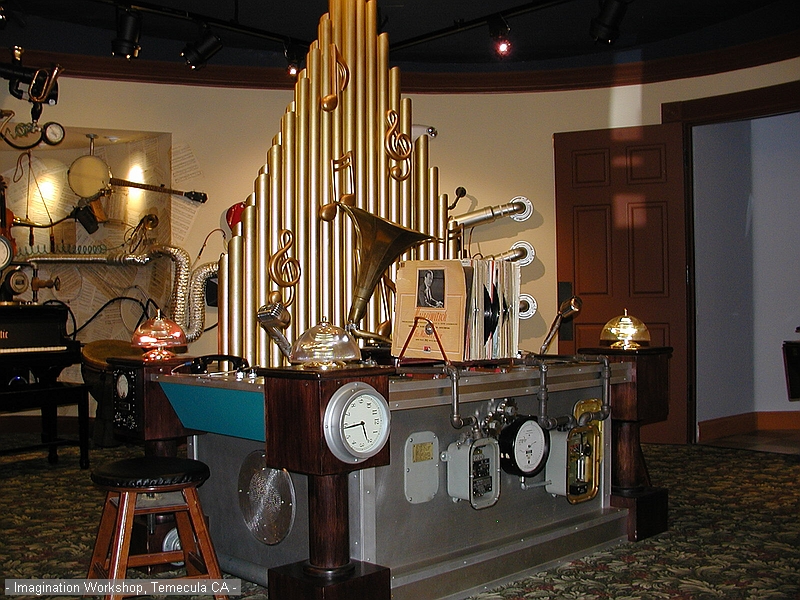This analog vs. digital stuff is going off-topic a bit and I probably shouldn't stick my nose in, but it sounds as if Lucia has good reasons for wanting to avoid the items he mentioned right up front, and it may be because tradition and some semblance of authenticity might carry more importance to him than pure functionality and performance. Sometimes vintage technology is just cool and worth replicating, despite all the the quirks and reliability issues. Sometimes people prefer a volume knob instead of up/down buttons and presets with menu screens (ask Ford).
People are still building tube and discrete analog devices not necessarily because they are superior, but because that's what they can do or want to do, and it is entirely suitable for the project at hand. I think we all appreciate how much performance and functionality you can pack into a digital design, but along with that low cost, feature-laden capability comes the baggage of software and impending component obsolescence that can doom the entire product to the landfills in a few short years. I'm not sure that anyone will be coveting and lovingly restoring a Moog Theremini in 75 years in the same way that they would today treat an RCA theremin, for example.
And as far as analog skills being arcane (!), remember that these high density, high-speed digital Lego blocks that are proclaimed to be superior wouldn't exist without the fundamental analog elements and engineering inside. And as you know if you've ever been involved with very high-speed digital designs that fail to function even though they are wired, timed, and programmed correctly, the problems often turn out to be caused by ignorance of or even total disregard for proper analog design techniques. Digital technology has done amazing things at lower cost and will do more, but in some applications it can be a step backward in an analog world.
Back on the original topic, I too have been interested in the Ondes Martenot since I first heard about it. I think I ran across someone that was building modern replicas, but I couldn't find any contemporary circuits.
After my little rant dissing digital above I hesitate to admit that my first thought was to take the simplest possible approach and hack into a cheap MIDI keyboard just to use the pitch wheel interface electronics. Make a sliding wire arrangement that turns a pot over the full range of rotation for the full span of wire motion, and then just wire that pot in place of the pitch wheel pot. My keyboard pitch wheel can do a four octave span, but that would vary with the synth. But this approach is quite off-topic as well.
The sliding wire interface could be fun to use, and possibly more agile than a ribbon controller, except vibrato might be a little harder to keep stable. It would be nice to try something like that just to see what it felt like.
![]()




